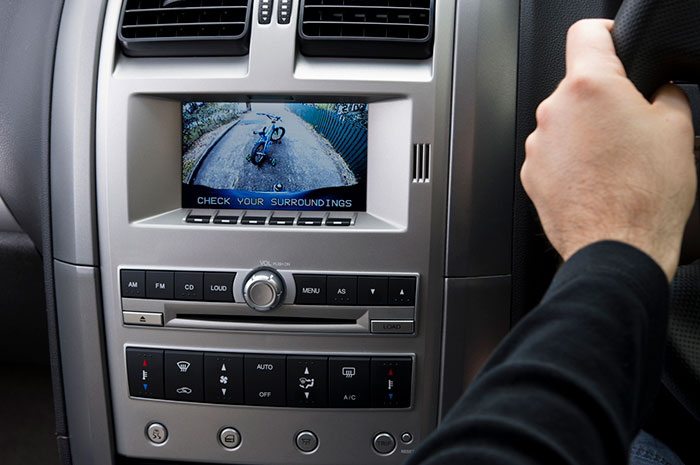Despite the fact that only a fraction of driving time is spent in reverse, reversing incidents make up a large proportion of motor vehicle accidents and insurance claims. Whether it’s due to reversing into a stationary object, another vehicle, or worst-case, a child or pedestrian, reversing collisions may be common, but thankfully, most of them are preventable. Here we will look at a few things you can do to improve safety whilst reversing your vehicle.
- Ensure your vehicle is clean and well maintained – Ensure windows and mirrors are clean, and do not have any cracks or debris that can obstruct your view. If your vehicle has reversing sensors, these should be regularly checked to ensure they are functioning as they should.
- Position mirrors properly – This is especially important if multiple people drive the same vehicle. Before you start your engine, you should make it a habit to check that the mirrors are positioned correctly for your height.
- Check for hazards – Before you enter your vehicle, check the surrounding area for hazards, including animals, objects, or small children who may be nearby. This is vital when your car is parked along a busy street, or in a school zone, and when reversing out of a driveway or busy carpark. If driving a truck or a commercial vehicle with a stacked load, you should look for overhead objects such as awnings or low bridges.
- Check the ground surface – This is important when reversing a heavy vehicle. You should ensure the ground surface is strong enough to carry the vehicle’s weight.
- Ask a passenger to guide you – If you have checked the surrounding are and you are still unsure about reversing safely, ask a passenger or passer-by to guide you as you reverse. This person should be positioned so that you can clearly see their signals and so that they are safe from other vehicles.
- Reverse slowly – You should always reverse slowly, especially when reversing into busy roads or crowded areas.
What Else Can You Do?
There are a few other things you can do to optimise reversing safety:
- Add blind spot mirrors – If you drive a large vehicle, or regularly tow a caravan or trailer, you may have less visibility when reversing. Blind spot mirrors are smaller mirrors that attach to your side-view mirrors, giving you a secondary, wider view of the road behind you.
- Undertake specialised driver training – Even if you have a valid driver’s licence, to increase your confidence when reversing you can enrol in a driver training course which specialises in reversing safety.
- Invest in technology – If your vehicle does not have reversing sensors or cameras already fitted, consider purchasing aftermarket solutions. Reversing cameras are an affordable safety feature that have been proven to dramatically reduce collisions whilst reversing.
Safety Dave is Here to Help
We have everything you need to keep your car, home, or workplace safer. From reversing cameras and TPMS (tyre pressure monitoring systems) to fire safety equipment and AED/defibrillators, you will find high-quality yet affordable safety products in our range. If you want expert advice or if you need to purchase a defibrillator for sale, reach out to us today online or call 1800 072 338.


